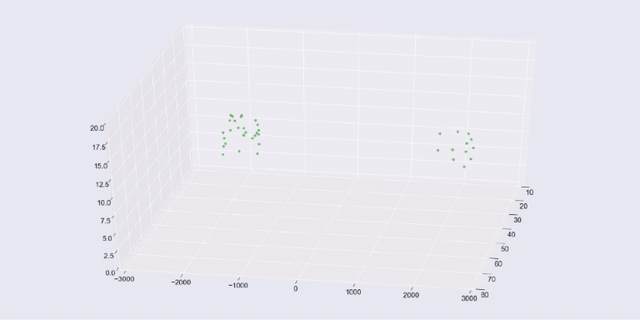Group your data: Clustering using Python and scikit-learn
Explore machine learning clustering methods with Python and scikit-learn, including K-means, hierarchical, and DBSCAN, and learn cluster visualization techniques using the Plotly and Seaborn libraries. This course equips you with the skills to uncover patterns in data and make insightful discoveries, enabling you to build targeted recommenders, identify hidden features, and detect anomalies within your own data.
4.4 (11 Reviews)

Language
- English
Topic
- Machine Learning
Enrollment Count
- 118
Skills You Will Learn
- Machine Learning, Python, Clustering, Data Visualization, sklearn, Scikit-learn
Offered By
- IBMSkillsNetwork
Estimated Effort
- 45 minutes
Platform
- SkillsNetwork
Last Update
- December 19, 2025
Using practical application and theoretical discussion, this project examines algorithms like K-means, hierarchical, and DBSCAN and shows you how to apply them effectively using Python and scikit-learn. You'll build your proficiency in data preprocessing, model evaluation by visualization, and the exploration of real-world use cases such as market segmentation and anomaly detection. When you complete this project, you'll have a solid foundation in clustering techniques and be ready to tackle complex data challenges across various domains.
This hands-on project is based on the Learn clustering algorithms using Python and scikit-learn tutorial.

What you'll learn
- Understand the fundamentals of clustering algorithms and their application in data science.
- Learn how to implement various clustering algorithms using Python and the scikit-learn library.
- Develop skills in preprocessing data to ensure it is suitable for clustering analysis.
- Gain practical experience in evaluating the performance and effectiveness of different clustering models.
- Explore use cases like market segmentation and anomaly detection to showcase clustering's real-world applications.
What You'll Need

Language
- English
Topic
- Machine Learning
Enrollment Count
- 118
Skills You Will Learn
- Machine Learning, Python, Clustering, Data Visualization, sklearn, Scikit-learn
Offered By
- IBMSkillsNetwork
Estimated Effort
- 45 minutes
Platform
- SkillsNetwork
Last Update
- December 19, 2025
Instructors
Kang Wang
Data Scientist
I was a Data Scientist in the IBM. I also hold a PhD from the University of Waterloo.
Read moreContributors
Wojciech "Victor" Fulmyk
Data Scientist at IBM
Wojciech "Victor" Fulmyk is a Data Scientist and AI Engineer on IBM’s Skills Network team, where he focuses on helping learners build expertise in data science, artificial intelligence, and machine learning. He is also a Kaggle competition expert, currently ranked in the top 3% globally among competition participants. An economist by training, he applies his knowledge of statistics and econometrics to bring a distinctive perspective to AI and ML—one that considers both technical depth and broader socioeconomic implications.
Read moreLucy Xu
Data Scientist
I am a Data Scientist Intern at IBM. I am also currently in my fourth year at the University of Waterloo studying Statistics with a minor in Computing.
Read more